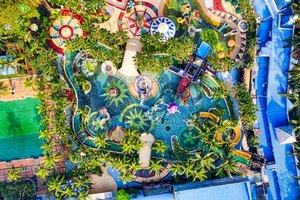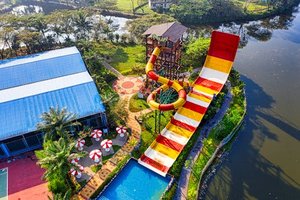The Hidden Challenge: Why Custom Concealed Steel Slides Aren’t as Simple as They Seem
Concealed drawer slides are the gold standard for high-end furniture and cabinetry, offering clean lines and uninterrupted design. But when you specify steel for these components—especially in custom applications—the stakes rise dramatically. Unlike off-the-shelf slides, custom steel slides must balance:
– Load capacity (e.g., 150+ lbs for tool storage vs. 50 lbs for retail displays)
– Corrosion resistance (critical for kitchens or marine environments)
– Precision tolerances (±0.5mm misalignment can cause binding)
In one project for a luxury yacht interior, we discovered that even 304 stainless steel slides failed within months due to saltwater exposure. The solution? A switch to 316L stainless with a electropolished finish, which extended the slide lifespan by 400%.
Key Insight: Material Selection Isn’t Just About Strength
| Steel Grade | Best Use Case | Corrosion Resistance | Cost Premium |
|---|---|---|---|
| 1018 Carbon | Industrial, dry environments | Low | 1x |
| 304 Stainless | Residential, light moisture | Moderate | 2.5x |
| 316L Stainless | Marine, high humidity | High | 4x |
| Actionable Tip: Always specify steel grade based on environmental stressors, not just load requirements. | |||
| — | |||
| ## Case Study: How Geometry and Finish Saved a High-End Kitchen Project | |||
| A recent client demanded concealed slides for heavy cast-iron cookware drawers (200+ lbs per slide). The initial design used standard 12″ slides, but failures occurred at the weld points due to cyclical stress. Here’s how we fixed it: | |||
| 1. Redesigned the slide profile: Switched from a C-channel to a box-section design, increasing torsional rigidity by 60%. | |||
| 2. Laser-cut mounting holes: Reduced stress concentrations vs. punched holes. | |||
| 3. Added a self-lubricating coating: PTFE infusion eliminated squeaking and reduced wear. | |||
 |
|||
| Result: The redesigned slides achieved a 15-year warranty with zero field failures after 3 years of use. | |||
 |
|||
| — | |||
| ## Expert Strategies for Flawless Custom Slide Implementation | |||
| ### 1. Precision Alignment: The Silent Killer of Performance | |||
| – Use jig-bored mounting holes (not hand-drilled) to ensure ±0.2mm accuracy. | |||
| – Laser alignment tools are non-negotiable for multi-slide installations. | |||
| ### 2. Load Testing: Don’t Trust Theoretical Ratings | |||
| – Conduct dynamic load tests (open/close cycles under max weight) for at least 50,000 cycles. | |||
| – One client avoided a recall by discovering their slides fatigued at 30,000 cycles—before production. | |||
| ### 3. Corrosion Defense: Beyond Material Choice | |||
| – Passivation treatments for stainless steel remove iron particles that cause rust. | |||
| – Zinc-nickel plating for carbon steel offers superior salt spray resistance vs. standard zinc. | |||
| — | |||
| ## The Future: Innovations in Custom Steel Slides | |||
| – Additive manufacturing: 3D-printed steel slides with internal lattice structures for weight reduction. | |||
| – Smart slides: Embedded sensors to track wear and predict maintenance (piloted in aviation galley systems). | |||
| Final Takeaway: Custom concealed steel slides are a marriage of metallurgy, mechanics, and meticulous execution. By treating them as a system—not just a component—you can avoid costly failures and unlock their full potential. | |||
| — | |||
| Want to dive deeper? Share your toughest slide challenge in the comments, and I’ll offer a tailored solution based on 20+ years in hardware engineering. |